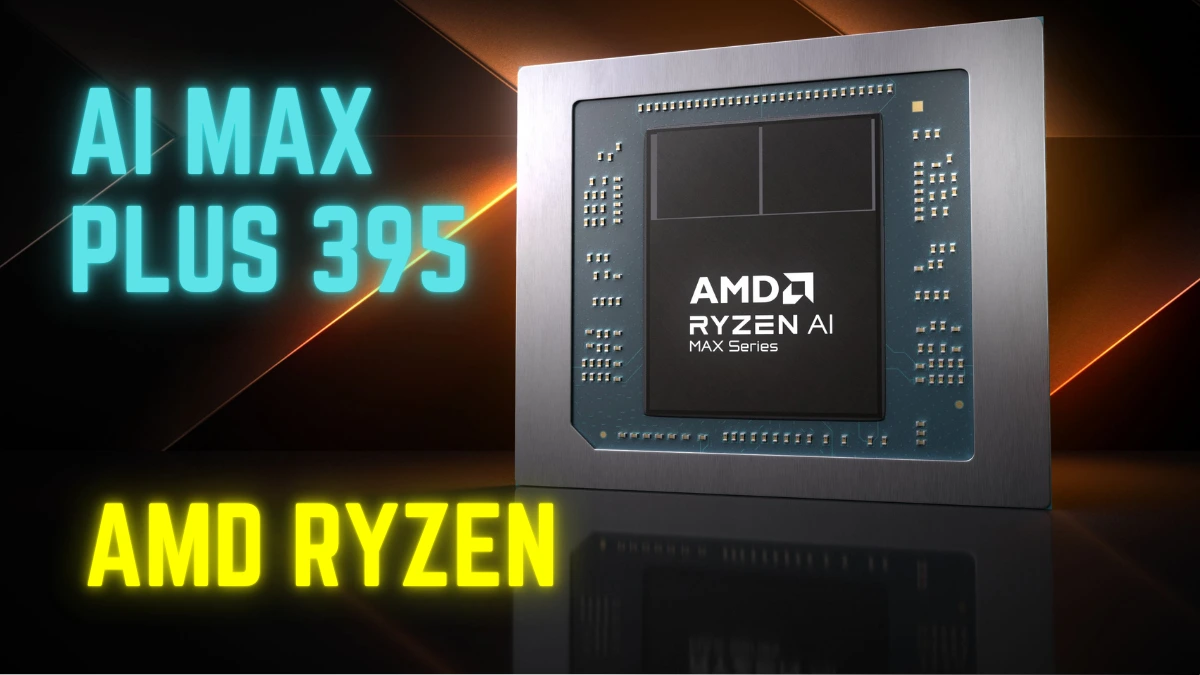AMD’s upcoming Ryzen 9000 X3D CPUs with Zen 5 cores, 192MB L3 cache, and 200W TDP promise EPYC-like gaming performance. Here’s what we know so far.
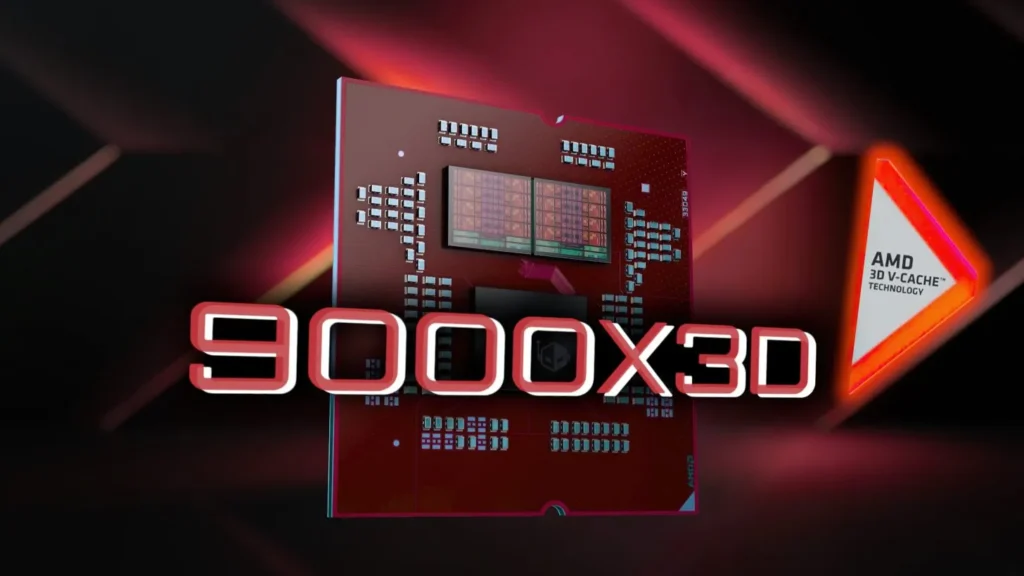
Tech enthusiasts are buzzing over AMD’s newest Ryzen 9000 X3D chips—based on Zen 5 architecture—which promise unprecedented performance thanks to up to 192 MB of L3 cache via second-generation 3D V‑Cache. From rumored 16-core setups to rumored availability this fall, these CPUs are positioned to challenge Intel and redefine gaming and productivity near the end of 2025.
Table of Contents
What is Zen 5 and Why It Matters
AMD’s Zen 5 architecture, introduced with the Ryzen 9000 “Granite Ridge” series, brings roughly 16% higher IPC (instructions per cycle), improved energy efficiency, and broader DDR5-5600 and PCIe 5.0 support across compatible AM5 platforms.
The base Ryzen 9000 models (e.g. Ryzen 9 9950X, 9900X, 9800X3D) launched in August 2024 and brought major generational upgrades. Zen 5 is manufactured on TSMC’s advanced N4 process, enhancing both power efficiency and performance per watt.
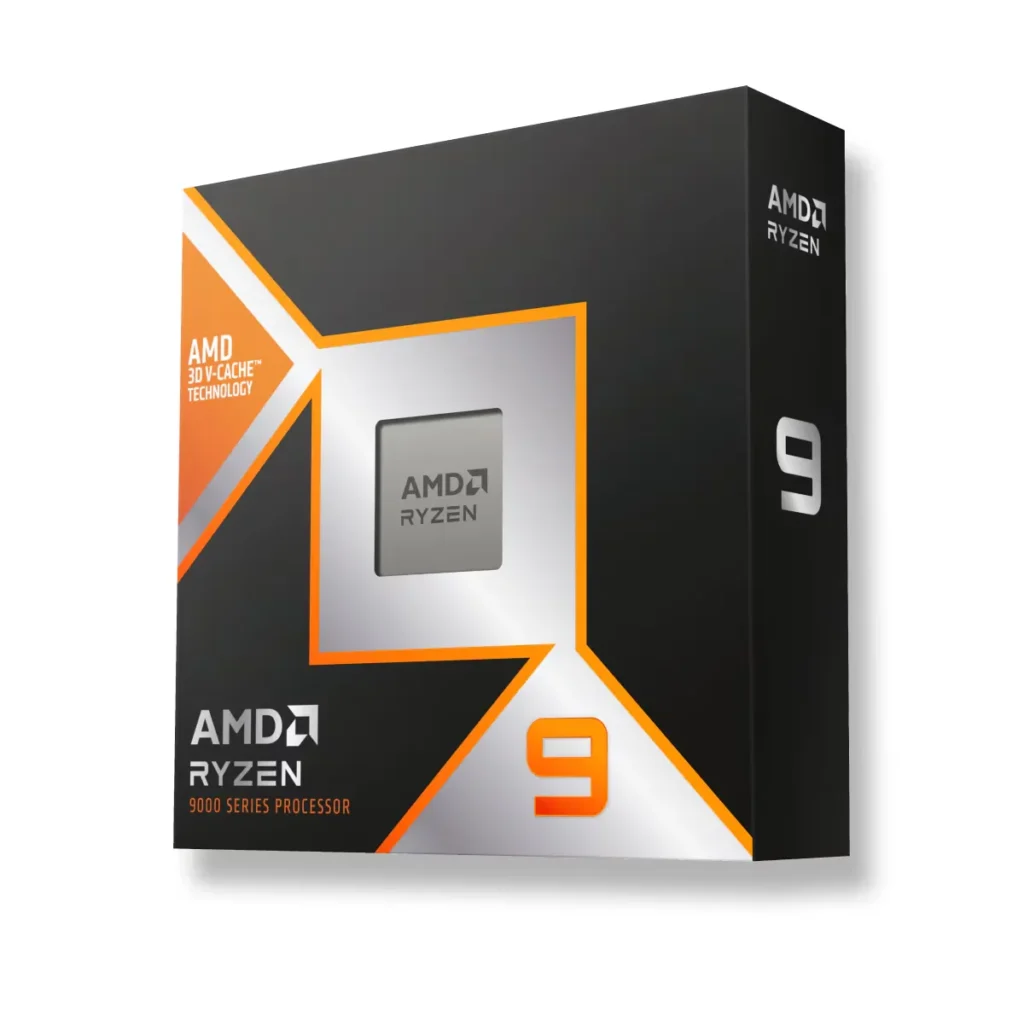
3D V‑Cache Technology: Game-Changing Speed
The much-anticipated X3D models—the next-gen of 3D V‑Cache chips—add an additional stacked cache layer under the cores. This enables up to 192 MB of L3 cache in high-end variants for unprecedented memory bandwidth and stability during gaming and content creation workflows.
Early reports indicate dual‑CCD designs: an 8‑core CCD with 96 MB and another with 96 MB, creating a 16-core, 32-thread Ryzen 9 CPU with 192 MB L3 cache and roughly a 200 W TDP envelope.
Key Specs: Ryzen 9 9950X3D & Companions
At CES 2025, AMD formally unveiled the Ryzen 9 9950X3D, boasting:
- 16 Zen 5 cores / 32 threads
- Max boost clocks of 5.7 GHz
- About 144 MB of total cache (128 MB 3D V‑Cache + built-in L3)
- 170 W TDP for high-performance setups
- Strong claims: 8% faster in gaming than the 7950X3D and up to 13% faster in creator workloads.
AMD also teased the Ryzen 9 9900X3D (12-core/24-thread, ~128 MB L3) for users who want fewer cores but still massive cache for gaming and multi-tasking.
Release Timing and Availability
AMD’s timeline appears clear: the first Zen 5 X3D chips will launch around March 12, 2025, followed by mainstream availability by September 2025, based on Computex reports and teasers suggesting a three‑month roll-out post‑Zen 5 launch.
Confirmed availability begins March 2025, with major retailers stocking the Ryzen 9 9950X3D and 9900X3D soon after.
Performance Expectations: Gaming and Creator Workloads
These X3D chips promise highly competitive edge performance, particularly in gaming. AMD claims that even though the 9950X3D is a dual‑CCD design, it keeps up with the 9800X3D (Zen 5, 8‑core X3D) in 1080p benchmarks—and surpasses 7950X3D by up to 8% on average across 40 games.
In creative software like Photoshop and Premiere Pro, AMD estimates up to 13% faster compared to the 7950X3D—making this ideal for hybrid users who game and create.
Platform Support and Ecosystem
All Ryzen 9000 and X3D chips support AM5 motherboards, DDR5‑5600, and PCIe 5.0. Unlocking overclocking (Precision Boost Overdrive) remains supported, though power draw peaks near 200 W in the highest-end models.
Owners should pair them with modern AM5 boards (e.g. X670E) and robust CPU cooling. Note: a known issue in Windows Game Bar for Pro/Enterprise editions may reduce performance optimization for V‑Cache CPUs—Microsoft disabled a task-prioritization feature that AMD had recommended to maximize V‑Cache performance. Upgrading to Windows 11 may restore full benefit.
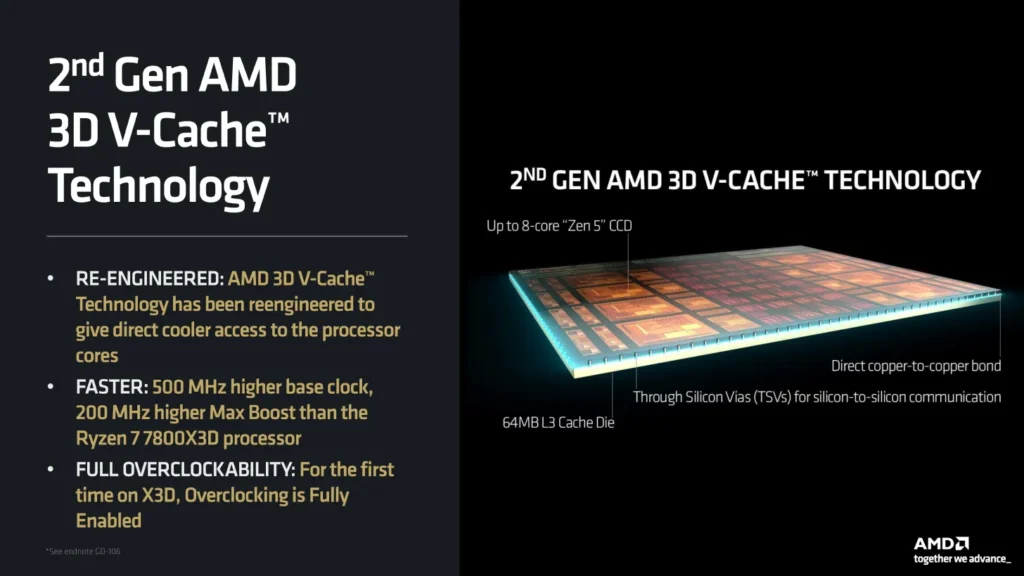
US Market Implications: Why It Matters
For US gamers and creatives, Ryzen 9000 X3D chips represent a compelling blend of raw power, massive cache, platform longevity, and value:
- Offers performance often exceeding Intel’s Core Ultra 9 285K, especially in gaming and highly threaded workloads.
- Backward-compatible upgrade path via AM5 socket supports future-proofing.
- Competitive pricing, with 9950X3D expected around $699 MSRP, while X3D deals on earlier models offer strong value now.
- Superb thermal efficiency and game responsiveness thanks to stacked L3 cache tech.
As AMD continues pushing development via Zen 5 and X3D CPUs, the platform looks ready to dominate high-end desktop computing through 2026 and beyond.
Availability Snapshot
| Model | Cores/Threads | L3 Cache | Boost Clock | TDP | Expected US Launch |
|---|---|---|---|---|---|
| Ryzen 9 9950X3D | 16 / 32 | ~144–192 MB | ~5.7 GHz | ~170 W | March 2025 |
| Ryzen 9 9900X3D | 12 / 24 | ~128 MB | ~5.5 GHz | ~170 W | March 2025 |
| Ryzen 9 9800X3D | 8 / 16 | 96 MB | ~5.2 GHz | ~120 W | November 2024 |
Final Word
The Ryzen 9000 X3D series powered by Zen 5 + 3D V‑Cache represents a milestone in desktop CPU design. These chips offer triple‑digit megabytes of cache, predictable multi‑core scaling, and competitive pricing—making them exceptional choices for US gamers, streamers, and creators. If recent leaks and benchmarks hold true, AMD may well be defining desktop performance for the next generation of PC builds.
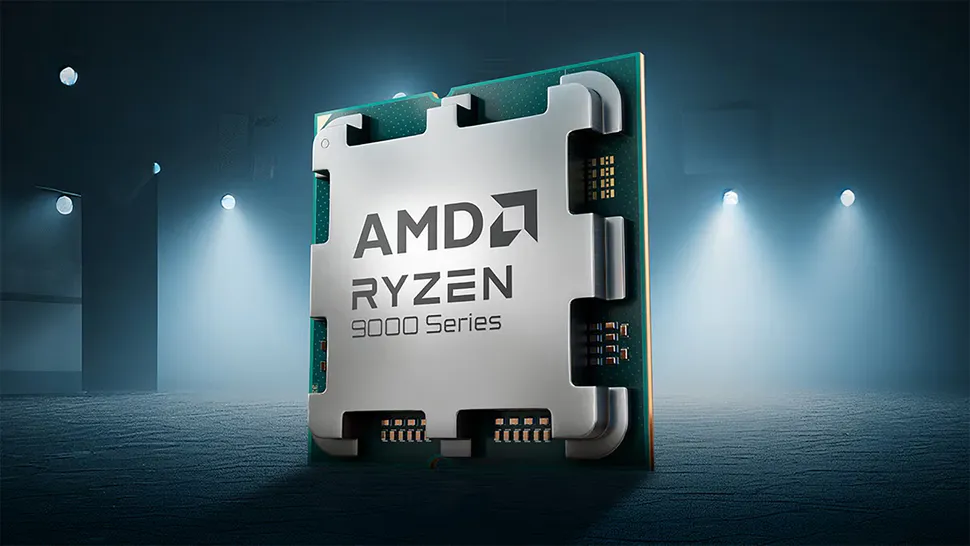
FAQs
Q: When will Ryzen 9000 X3D CPUs be available?
A: The 9950X3D and 9900X3D launched around March 12, 2025, with broader availability expected by September 2025.
Q: What performance improvement do X3D CPUs deliver?
A: Expect approximately 8% higher gaming performance over 7950X3D, and up to 13% faster creator workloads. Also competitive against Intel’s high-end chips.
Q: How much L3 cache do these chips have?
A: Ryzen 9 9950X3D offers about 144 MB total cache, while the hypothetical dual‑CCD model might reach 192 MB L3. The 9900X3D has ~128 MB, and the 9800X3D includes 96 MB.
Q: What platform and cooling are required?
A: Use modern AM5 motherboards, DDR5-5600 RAM, robust CPU cooling, and preferably Windows 11 to avoid Game Bar-related performance regressions on Pro/Enterprise Windows editions.
Q: Are X3D chips worth it over non‑X3D Zen 5 CPUs?
A: Yes—if your priority is gaming and cache-sensitive workflows, X3D variants offer meaningful improvements. Zen 5 base CPUs remain strong for general productivity and value builds
AMD Ryzen 9000X3D, Zen 5 architecture, Ryzen 9000 series CPU, Ryzen 9000 specs, AMD 16-core CPU, AMD 192MB L3 cache, AMD Ryzen gaming performance, Ryzen 9000X3D release date, Ryzen 9000X3D benchmarks, AMD dual X3D, Ryzen 9000 200W TDP, AMD gaming CPU, AMD EPYC level cache, AMD Ryzen 9000 rumors, AMD 3D V-Cache CPU, Ryzen 9000X3D power consumption, AMD Ryzen 9000 price, Zen 5 16-core CPU, AMD Ryzen 9000X3D performance, AMD Ryzen news
Thank You for visiting Tech Uplifter!
Don’t forget to Subscribe to our Official Newsletter for latest updates.
